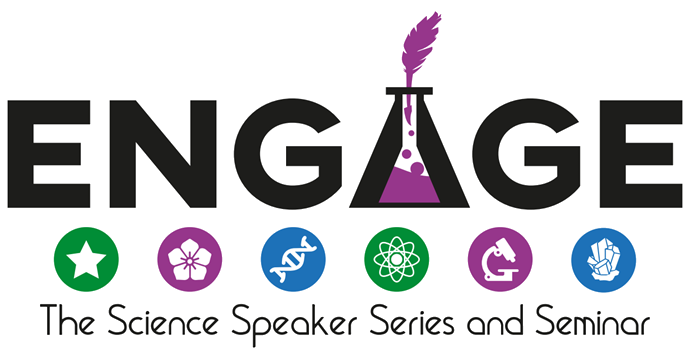Plasma: A Bright, Hot Party of Color
by: Nadiah Jenkins
When powering up an ion thruster, a type of next generation of interplanetary spacecraft, the first thing you notice is the bright exhaust, glowing like a small, white-blue sun behind fog. What makes the color blue, instead of pink or orange?
The answer is plasma — not the stuff you donate to the Red Cross, but the bright light of a neon sign. When you take a gas like neon, or hydrogen, or even air, and you heat it up until it starts to fall apart, you get a plasma. Also known as the fourth state of matter, plasma is the stuff of stars: the Sun is plasma. The powerful yellow light of the Sun comes from a super thick hydrogen plasma crushed by gravity.
How does plasma work? First, take an atom. Every atom is a delicate pairing of positively-charged protons with negatively-charged electrons. Together, they create a single, neutral atom. It’s a tenuous partnership.
Now, add energy to the atom. Microwave it. Electrocute it. Shine a laser on it. This knocks electrons outside of the influence of protons and leaves the atoms with more positive charge than negative charge. The imbalance grants the atom a new name: an ion. Collect a hot soup of enough ions and free electrons together, and you have a plasma.
Within this plasma, ions and free electrons sometimes merge back together. When they do, their reunion releases a little flash of light. When a plasma contains over a trillion ions and electrons, these flashes can add up to an astounding, near-blinding glow.
In ion thrusters, ion-electron hook-ups occur after the thruster has ejected ions out the back end to propel itself forward. There, a beam of electrons blankets the newly-ejected ions to neutralize them and return them to regular, plain atoms. Neutral atoms won’t be attracted to the thruster’s electrical systems; they won’t swing back like an errant tetherball. This neutralization also creates that characteristic glow, outlining every inch of the round exit nozzle.
But why is it blue? The color depends on the ion, where each one welcomes electrons back in its own style. Did you start with argon? Purple. Neon? Orange. Engineers prefer to use xenon, neon’s massive big brother, because of how much “oomph” the spacecraft can get from ejecting it. Xenon shines a bright, cool blue.

